Barley Leaf Rust Info: How To Treat Leaf Rust On Barley Plants
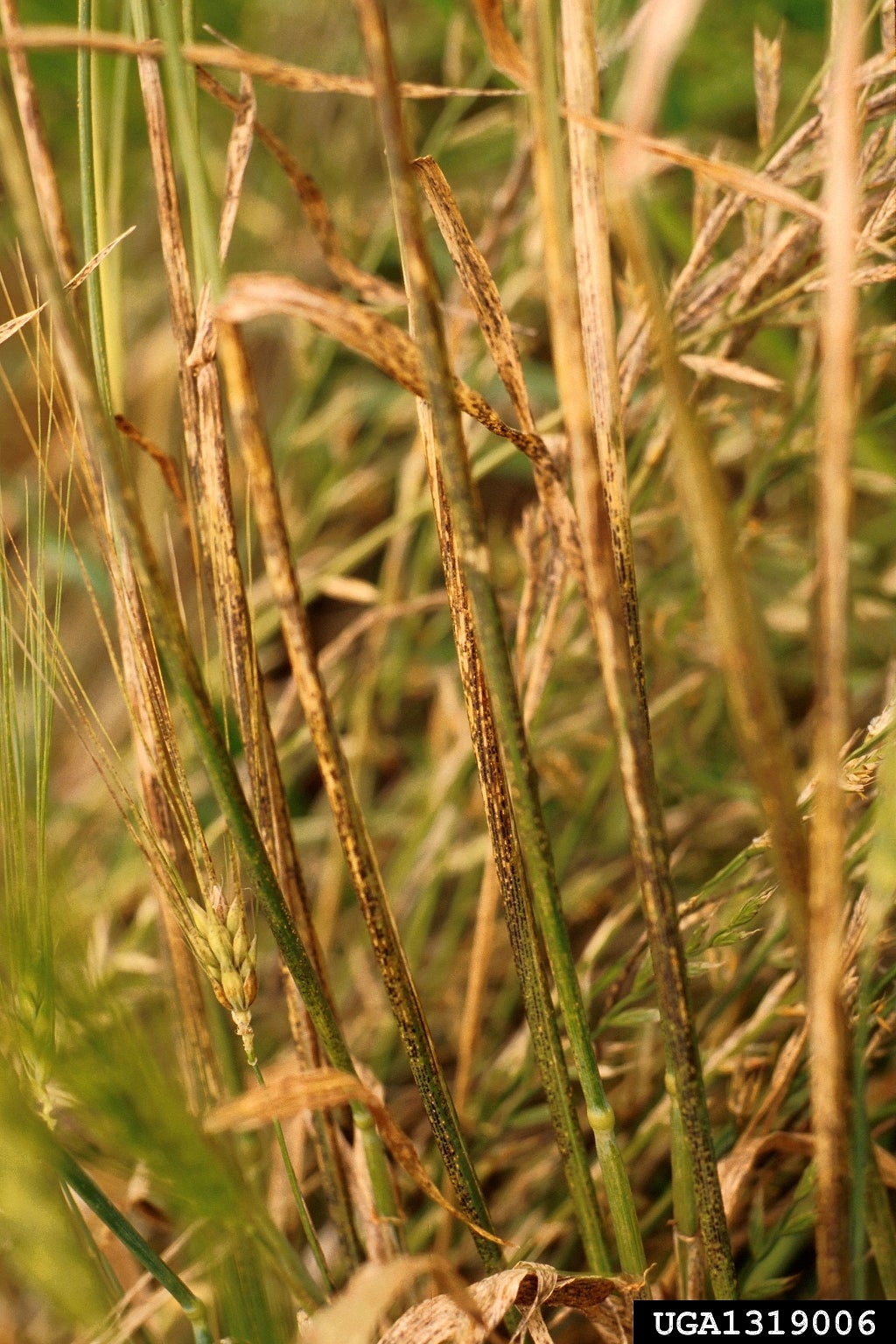

Barley is one of the oldest cultivated grains. It has not only been used as a human food source but for animal fodder and alcohol production. Leaf rust on barley has likely been an attendant disease since its original cultivation around 8,000 BC. This fungal disease can harm the productivity of the plants. Learn how to prevent barley leaf rust and gain bigger yields of healthier plants.
Barley Leaf Rust Info
According to barley leaf rust info, these types of fungal disorders seem to be host specific. That means barley leaf rust only occurs on barley and any of its family members. It is a late season disease that can cause crop loss. Historical infections between 1900 and the 1950s infected crops in the U.S. and into Canada. U.S. losses were in the Midwest and Great Plains states. Today, good barley leaf rust control exists and large-scale crop damage is not as common. Barley leaf rust occurs in years with high humidity and low spring temperatures. It is especially prevalent in crops that were planted late. The symptoms are small, orange masses with a lighter halo on leaf surfaces. These masses are spores, which are windblown to other plants. The optimal temperatures for spores to grow are 60 to 72 degrees Fahrenheit (16 to 22 C.). The spores can cause secondary infections during this time at 7- to 10-day intervals. When severely affected, plant sheaves will display lesions and plants will die.
Barley Leaf Rust Control
There are several cultivars that are resistant to leaf rust on barley. A University of Queensland scientist, Dr. Lee Hickey, uncovered a gene that provides resistance to the disease, as well as to powdery mildew. In certain areas, the Star of Bethlehem plant harbors the spores and should be kept eradicated well away from barley fields. Young, self-sown barley plants should be removed, as they provide a place for the rust fungus to survive. Removal is especially important during wet summers. Spacing and good cultural care are also keys to preventing and treating barley leaf rust. Most of the barley grown today is from resistant strains. Heirloom varieties are more prone to the disease, as they have no inbred opposition to the fungus. Foliar fungicides offer the best protection. They must be applied at the first sign of lesions. Alternatively, you can apply systemic fungicides between tillering and heading. Unfortunately, rust diseases commonly mutate into a new race, so what works one season may not work the next. Vigilance is crucial to managing this disease, as is the use of resistant cultivars, which can reduce the chances of the fungus mutating.
Gardening tips, videos, info and more delivered right to your inbox!
Sign up for the Gardening Know How newsletter today and receive a free copy of our e-book "How to Grow Delicious Tomatoes".

Bonnie Grant is a professional landscaper with a Certification in Urban Gardening. She has been gardening and writing for 15 years. A former professional chef, she has a passion for edible landscaping.
-
 12 Mother’s Day Garden Gifts That Celebrate Moms Who Love To Grow
12 Mother’s Day Garden Gifts That Celebrate Moms Who Love To GrowAll Moms deserve to feel special on Mother’s Day, so treat her to a thoughtful gardening gift that helps her get the most out of her hobby.
By Melanie Griffiths
-
 Never Plant Seedlings Until They Pass These 3 Simple Tests
Never Plant Seedlings Until They Pass These 3 Simple TestsDon't be over-eager to transplant seedlings into the garden before they are ready. These quick and easy checks will help ensure flourishing plants.
By Mary Ellen Ellis
-
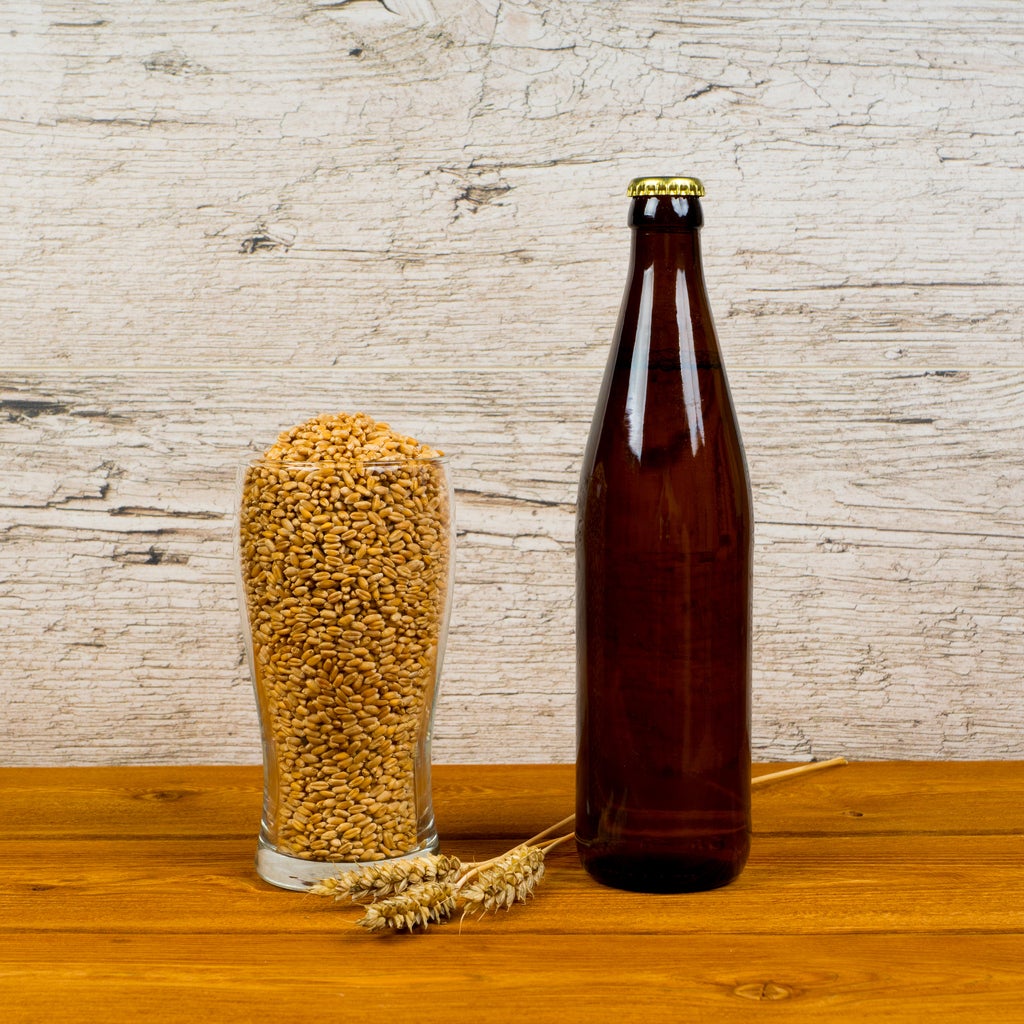 Growing Malted Barley – How To Grow Beer Barley At Home
Growing Malted Barley – How To Grow Beer Barley At HomeToday, there are many beer making kits available, but why not take it a step further by growing your own malted barley. Click on the following article to find out how to grow and harvest malted beer barley from your own backyard.
By Amy Grant
-
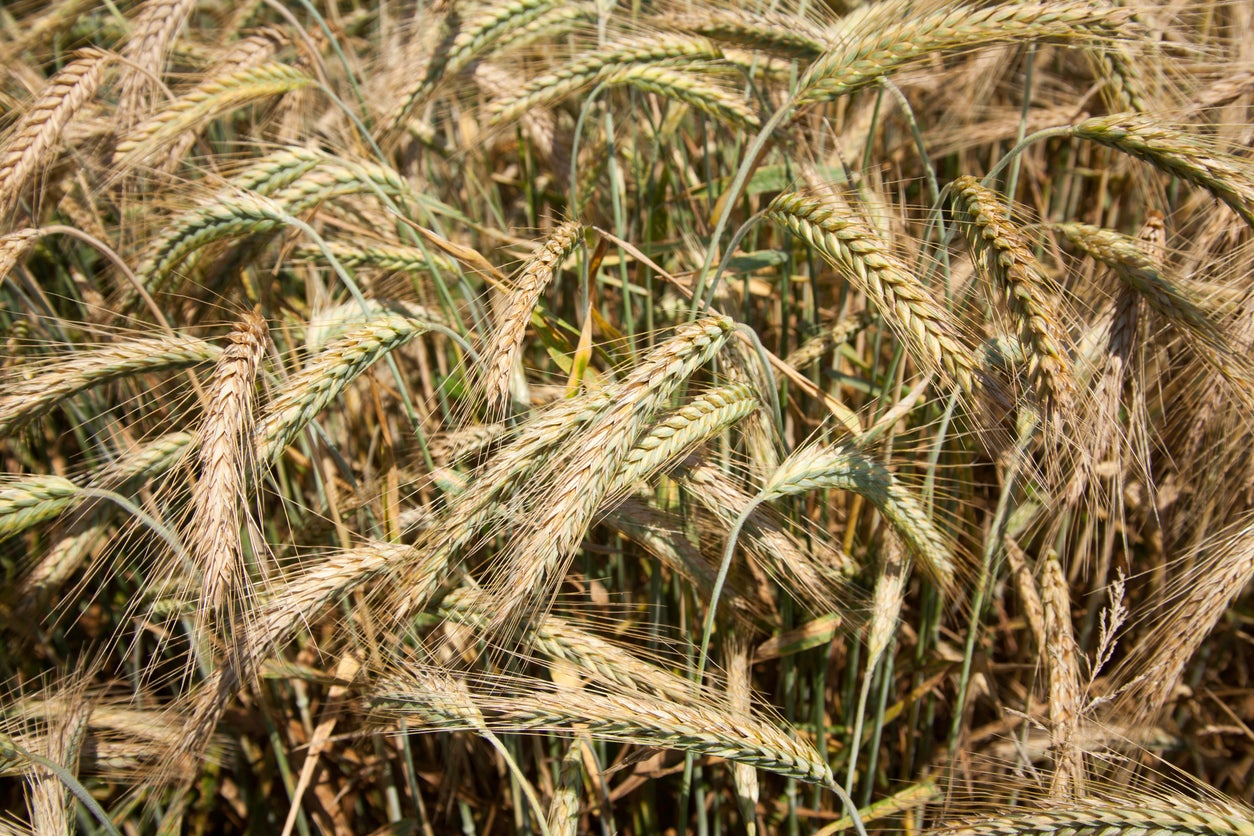 Barley Harvest Tips – How And When To Harvest Barley
Barley Harvest Tips – How And When To Harvest BarleyYou can easily grow a few rows of barley in your backyard garden. The trick to getting a good crop is knowing how and when to harvest barley. Click here for information about how to harvest barley, including tips on the timing of a barley harvest.
By Teo Spengler
-
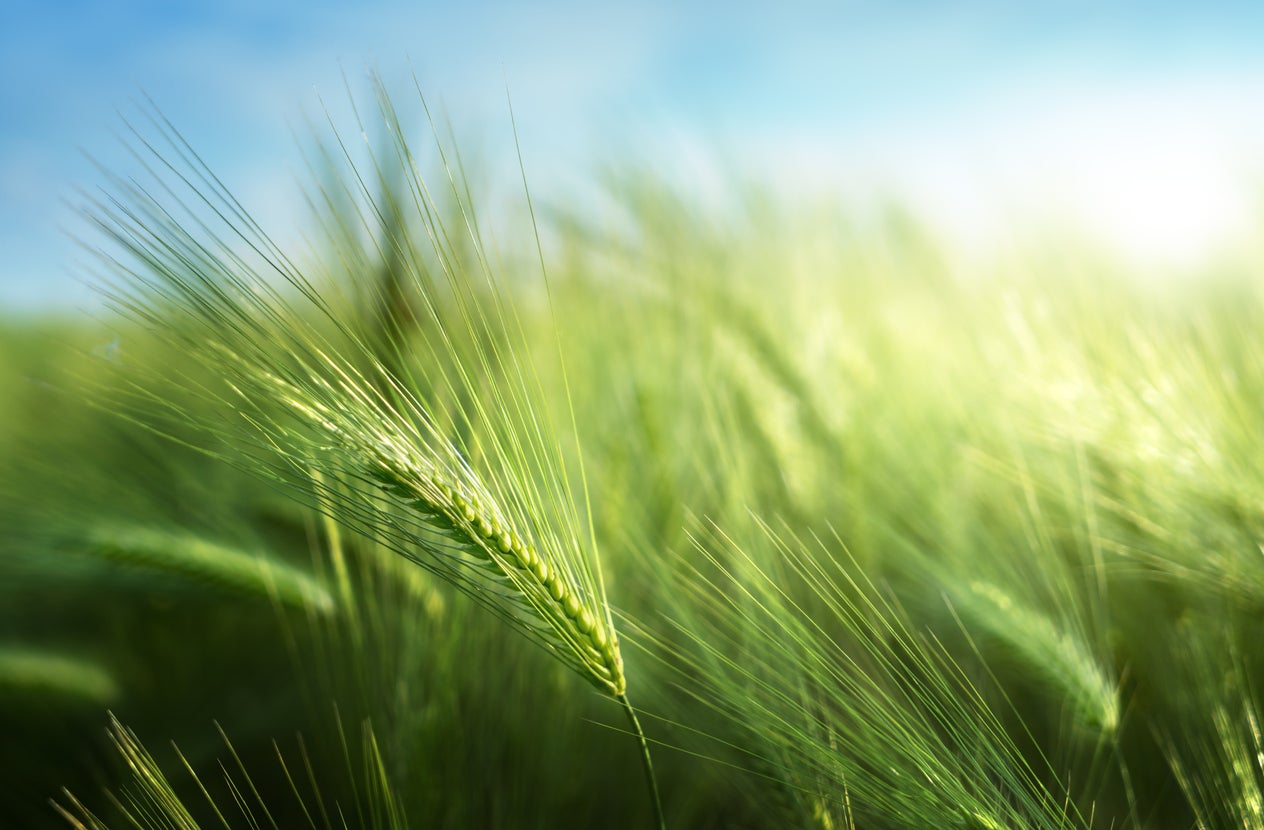 Barley Grain Care Guide: Can You Grow Barley At Home
Barley Grain Care Guide: Can You Grow Barley At HomeCan you grow barley at home? You don't need acres of land to grow barley in the garden, but it may be hard to source small amounts of seed. Even if you are not a beer enthusiast, you can learn how to grow barley for bread, soups and stews. This article can get you started.
By Bonnie L. Grant
-
 Barley Tillering And Heading Information – Learn About Barley Heads And Tillers
Barley Tillering And Heading Information – Learn About Barley Heads And TillersIf you are thinking of growing barley in your home garden, you’ll need to learn about barley tillering and heading. What are barley tillers? What is a barley head? Click on the following article to learn the ins and outs of tillering and heading of barley plants.
By Teo Spengler
-
Barley Basal Glume Blotch – How To Treat Glume Rot On Barley Plants
Basal glume blotch is a disease that can affect cereal grains, including barley, and can cause serious damage to the plant and even kill young seedlings. Click the following article to learn more about recognizing and treating basal glume blotch of barley crops.
By Liz Baessler
-
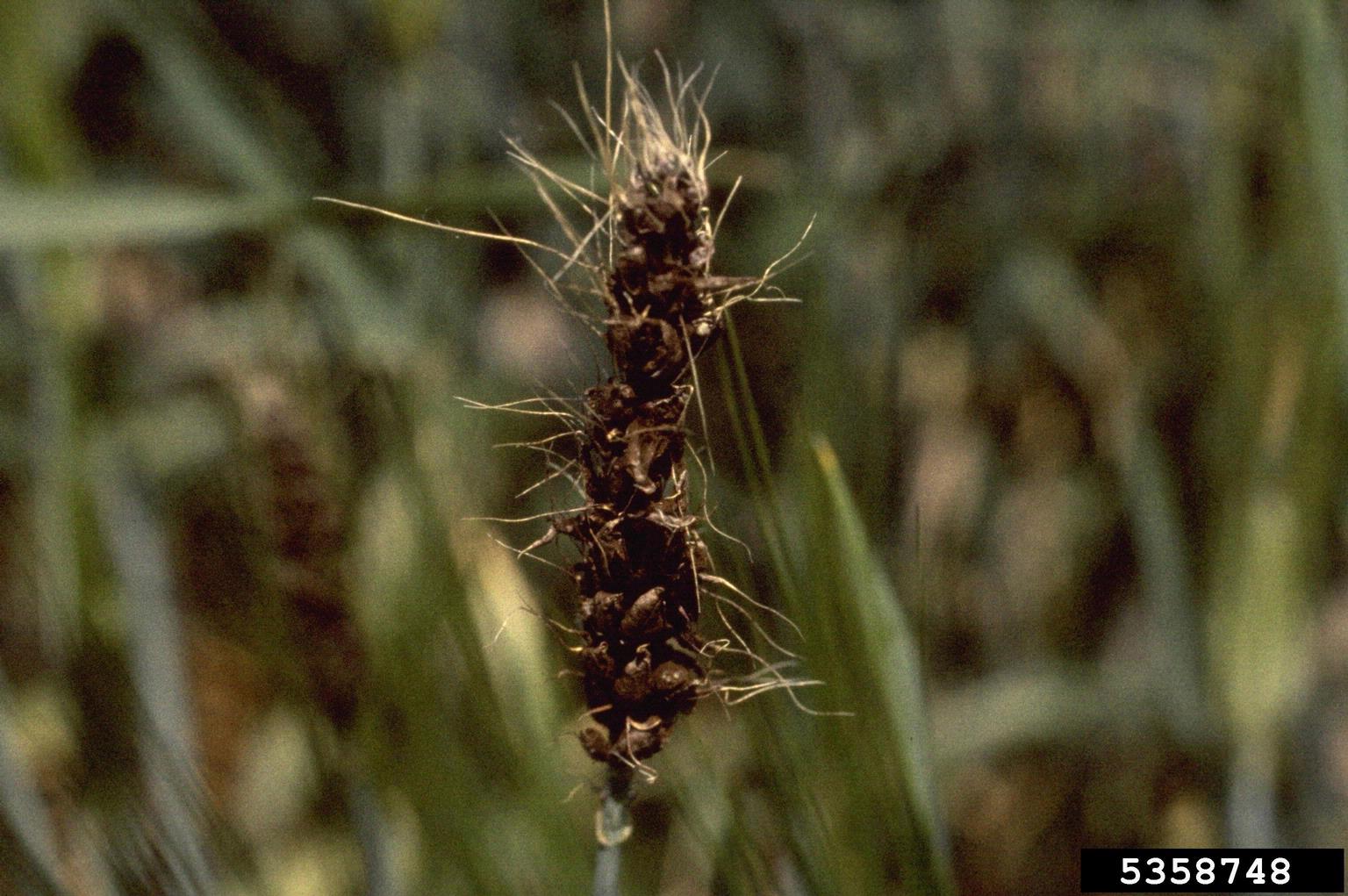 Barley Loose Smut Info: What Is Barley Loose Smut Disease
Barley Loose Smut Info: What Is Barley Loose Smut DiseaseBarley loose smut? It is a seed-borne illness that can occur anywhere barley is grown from untreated seed. The name comes from the loose seed heads produced that are covered in black spores. You don't want this in your field, so click here for more barley loose smut info.
By Bonnie L. Grant
-
 Spot Blotch Of Barley: How To Treat Barley With Spot Blotch Disease
Spot Blotch Of Barley: How To Treat Barley With Spot Blotch DiseaseBarley spot blotch disease can affect any part of the plant at any time. The disease can reduce yield and kill young plants. Click on the following article to learn about the steps to prevent and treat barley spot blotch.
By Bonnie L. Grant
-
 Barley Leaf Blotch Control: Treating Barley Speckled Leaf Blotch
Barley Leaf Blotch Control: Treating Barley Speckled Leaf BlotchBarley speckled leaf blotch is a fungal disease resulting in lower yields. While barley with leaf blotch is not a fatal condition, it opens the crop up to further infections that can decimate the field. Learn about preventing and treating leaf blotch in barley crops here.
By Amy Grant